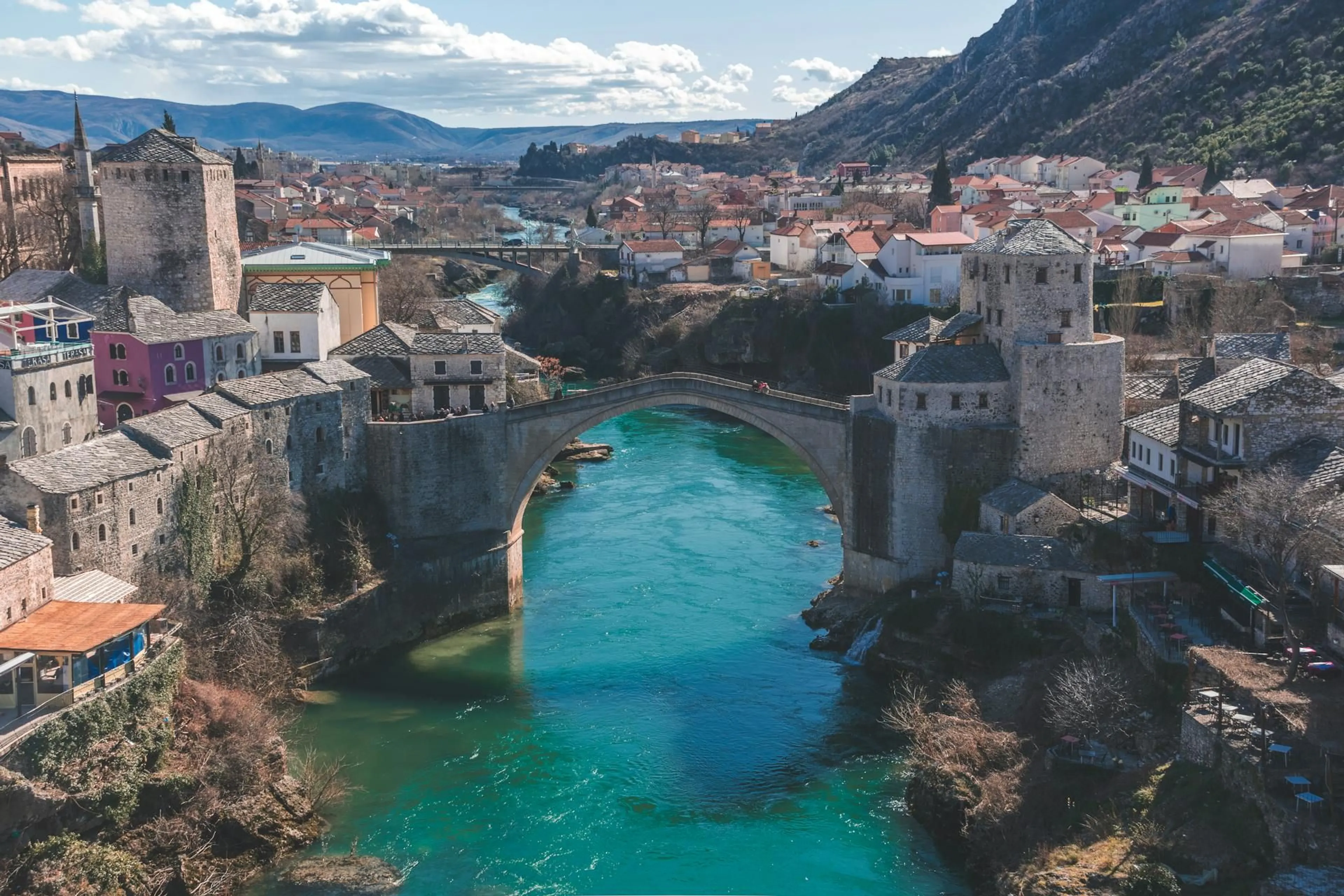Vacation Packages to Sofia
Sofia: A City Full of History, Culture, and Flavors
Sofia is the capital and the largest city in Bulgaria. With a privileged geographical location in the center of the Balkans, Sofia is the political, cultural, and economic center of the country.
Geography of Sofia
Sofia is located in the Sofia Plain, in the western region of Bulgaria, at the foot of the Vitosha Mountain.
The city has an area of 492 km² and a population of about 1.2 million inhabitants, making it the most populous city in Bulgaria.
History of Sofia
The history of Sofia dates back to Roman times when the city was known as Serdica. During the 4th century, Serdica became an important Christian center and in the 5th century, it was conquered by the Huns.
The city went through a period of decline during the Middle Ages but recovered in the 18th century when it became the capital of Bulgaria. During World War II, Sofia was occupied by German forces but was liberated by the Red Army in 1944.
After the war, Sofia became an important industrial and cultural center in Eastern Europe.
Sofia's Most Important Tourist Attractions
Sofia is a city full of history and culture, with many interesting tourist attractions to visit. Here are some of the most important ones:
Alexander Nevsky Cathedral: This imposing orthodox cathedral is one of Sofia's most emblematic monuments. It was built between 1882 and 1912 in honor of the Russian prince Alexander Nevsky, who defeated the Teutonic knights at the Battle of Lake Peipus in 1242. The cathedral has five golden domes and is considered one of the largest orthodox cathedrals in the world.
St. George's Church: This Orthodox church is one of the oldest churches in Sofia. It was built in the 4th century on the ruins of a Roman temple. The church has beautiful 19th-century frescoes and is considered an important cultural monument of Bulgaria.
The National Museum of History: This museum houses a wealth of artifacts ranging from prehistoric to modern Bulgaria. Highlights include treasures from the Thracian necropolis of Panagyurishte and also frescoes from the Boyana Monastery, a UNESCO World Heritage Site.
Banya Bashi Mosque: This mosque was built in 1576 during the time of Ottoman rule in Bulgaria. It is one of the few remaining mosques in Sofia and features a beautiful dome and an impressive interior decorated with Turkish ceramic tiles.
The National Palace of Culture: This impressive building is one of the most representative symbols of modern architecture in Sofia. It was built in 1981 and has a large number of exhibition halls, an auditorium, and an art gallery.
Vitosha Park: This natural park is one of Sofia's most popular tourist attractions. With an area of over 27,000 hectares, the park is a true natural wonder. In winter, the park is a popular destination for skiing, while in summer it is an ideal place for hiking and mountaineering.
Getting to Sofia
Sofia has an international airport that connects the city with major European cities and some destinations in Asia and the Middle East.
In addition, the city has a central train station and several bus stations that connect the city with other cities and towns in Bulgaria and neighboring countries such as Greece, Turkey, and Serbia.
Cultural Aspects of Sofia
Sofia is a city with a rich cultural and historical heritage. The city has a large number of museums, art galleries, and theaters that offer a wide variety of cultural events throughout the year.
Some of Sofia's most important cultural events include the Sofia International Film Festival, held every year in March, and the Sofia Jazz Festival, which takes place in November.
In addition, the city boasts a vibrant music and nightclub scene. Visitors can enjoy a wide variety of live music, from traditional Bulgarian music to electronic and rock music.
What to Eat and Drink in Sofia
Bulgarian cuisine is known for its intense and authentic flavors. Some of Sofia's most popular dishes include banitsa, a puff pastry filled with feta cheese and eggs, and lentil soup, which is a warm and comforting dish perfect for cold winter days.
It is also common to find kebabche, a kind of sausage made of minced meat and spices, served with salad and bread, on the menus of Sofia's restaurants.
As for drinks, rakia is Bulgaria's national liquor and is made from fruits such as grapes, plums, and apricots. It is also common to find in Sofia a great variety of Bulgarian wines, which are highly appreciated all over the world.
In short, Sofia is a city that has a lot to offer visitors. From its rich history and culture to its delicious food and drink, Sofia is a tourist destination not to be missed.
